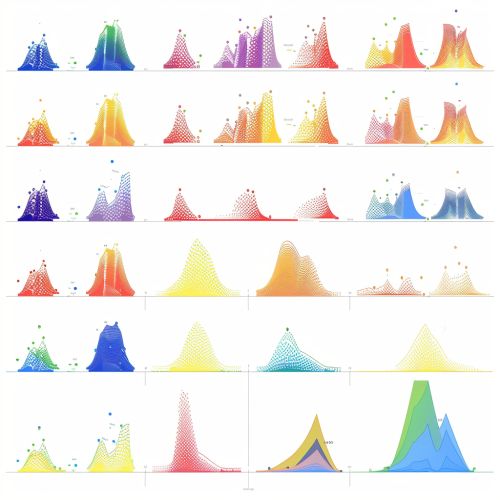Weibull Distribution
Introduction
The Weibull distribution is a continuous probability distribution named after Wallodi Weibull, who described it in detail in 1951, although it was first identified by Fréchet (1927) and first applied by Rosin & Rammler (1933) to describe a particle size distribution.
Definition
The probability density function of a Weibull random variable is:
- f(x;λ,k) = \begin{cases} \frac{k}{λ}\left(\frac{x}{λ}\right)^{k-1}e^{-(x/λ)^{k}} & x ≥ 0, \\ 0 & x < 0. \end{cases}
Where:
- λ > 0 is the scale parameter of the distribution - k > 0 is the shape parameter.
The case where k = 1 is called the exponential distribution. The case where k = 2 is known as the Rayleigh distribution.


Properties
Moments
The nth raw moment of a Weibull random variable is given by:
- E[X^n] = λ^n Γ(1 + n/k)
Where Γ is the gamma function.
Quantile function
The quantile function (inverse cumulative distribution function) for Weibull random variables is:
- Q(p;λ,k) = λ(-ln(1-p))^(1/k)
For 0 < p < 1.
Reliability analysis
The Weibull distribution is widely used in reliability and survival analysis. In these fields, the shape parameter, k, is known as the Weibull modulus.
Parameter estimation
The parameters of the Weibull distribution, λ and k, can be estimated using various methods such as the method of moments, maximum likelihood, or least squares.
Applications
The Weibull distribution is used in a wide range of fields, including:
- Reliability engineering and life data analysis (also known as Weibull analysis) - Risk analysis and insurance - Wind energy and other renewable energy applications - Survival analysis in medical research - Industrial engineering - Earthquake engineering
See Also
- Exponential Distribution - Gamma Distribution - Rayleigh Distribution
